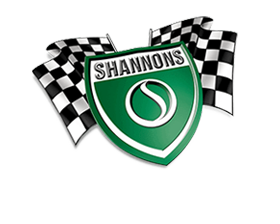1951 Mercedes-Benz 170S Sedan
Sold: $27,500
Specifications
| Engine | In-Line 4-cylinder,1767cc |
|---|---|
| Gearbox | 4-speed manual |
| Body Work | Saloon |
| Colour | Dark Blue |
| Interior | Beige |
| Trim | Cloth |
| Wheels | Steel disc |
| Brakes | Drums |
Description
In the aftermath of the Second World War Daimler-Benz recommenced vehicle production with the pre-war 170V, whose tooling and assembly lines had somehow managed to survive the destruction of Allied raids. Although the 170V was of typically Thirties appearance, it remained a relatively modern design under the skin, with rigid construction and independent suspension all round (using swing-axles at the rear) providing ride and handling unmatched by any other car in its class. The engine was a robust side-valve four-cylinder that, with high (all-synchro) gearing, was capable of cruising at autobahn speeds, while a diesel unit was added to the range in 1949 along with a more luxurious model known as the 170S (the S standing for Super). Designated the W136, the new model used a slightly longer and wider body based on the pre-war 230, giving more interior space, a larger boot and extra chrome trim. The additional weight resulted in a number of mechanical revisions, including an enlarged 1767cc engine with a single Solex downdraught carburettor, larger brakes and revised front suspension featuring wishbones and coil springs. Aimed at the well-heeled buyer, the 170S was also notable as the first post-war Mercedes-Benz exported outside Germany. The interior had numerous improvements, including instruments located directly ahead of the driver and very comfortable cloth-trimmed seats. In production from May 1949 until February 1952, Daimler-Benz offered the 170S as a saloon (with the option of a sunroof) and in two cabriolet guises, A and B, alongside several commercial variants including taxis, ambulances and police cars. In total, 28,764 were built and only a handful ever reached Australia.














